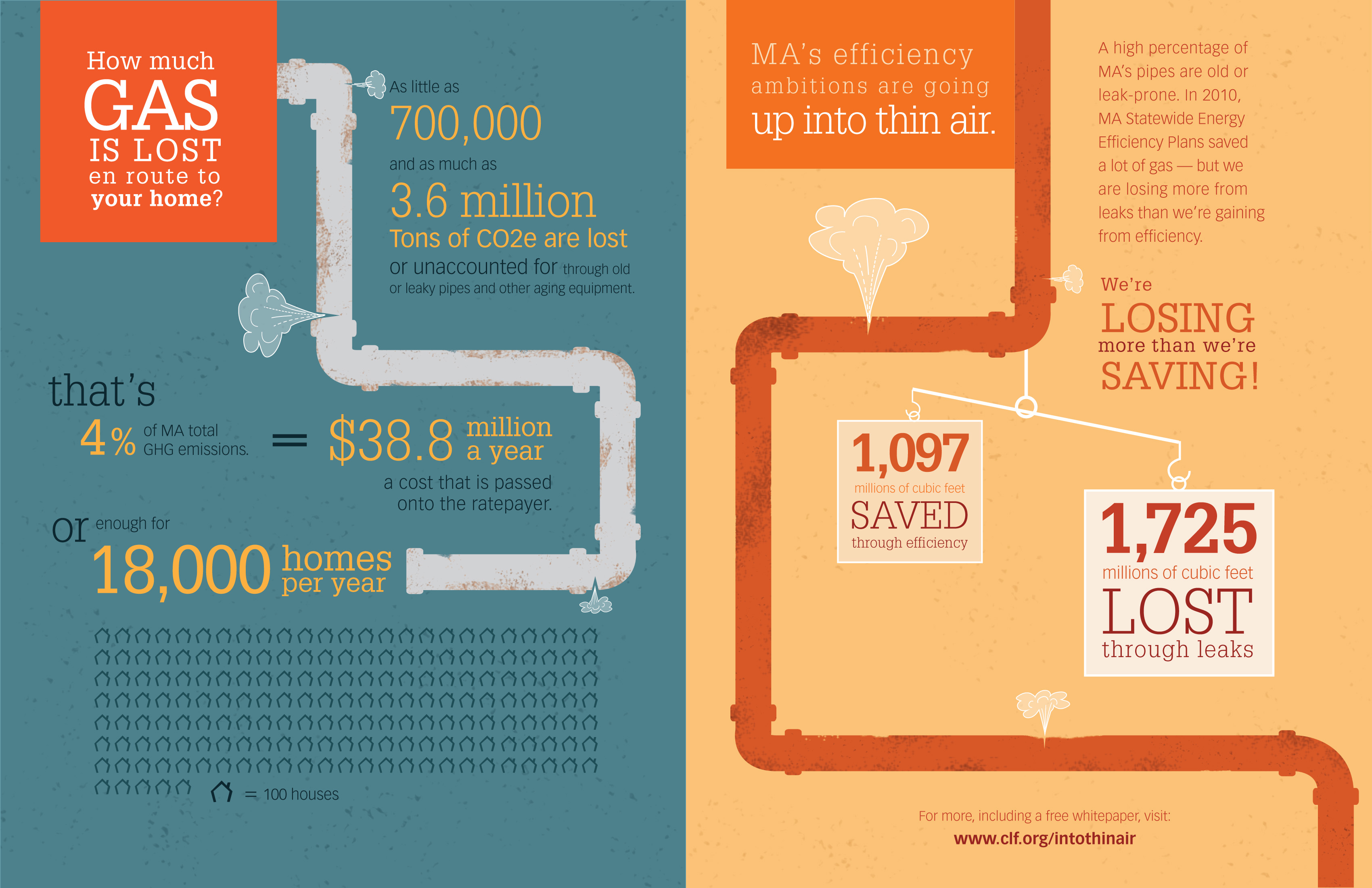Assessing The Financial Aspects Of Solar Power Installation: Is It A Worthwhile Financial Investment?
Assessing The Financial Aspects Of Solar Power Installation: Is It A Worthwhile Financial Investment?
Blog Article
Post Composed By-Rowe Larsen
When considering the prices of solar installation, you might question the upfront financial investment required and whether it lines up with the possible long-lasting advantages. Understanding the ins and outs of these expenditures and the different variables influencing the overall return can shed light on the worth recommendation of transitioning to solar power. By evaluating both the first configuration expenses and the forecasted cost savings with time, you can gain understanding into whether the financial investment in solar installment holds assurance for your financial future.
First Configuration Costs
When considering the costs of solar installation, the preliminary configuration costs play a crucial function in your decision-making process. These ahead of time prices include the price of photovoltaic panels, inverters, mounting devices, and installation labor.
The rate of solar panels can vary depending on the brand, performance, and dimension you choose. Inverters are necessary for converting the sunlight's energy into functional power and can be found in different kinds such as string inverters, microinverters, and power optimizers, each with its very own cost ramifications.
Mounting off grid solar energy systems , such as shelfs and rails, is required to securely set up photovoltaic panels on your roofing or home.
https://www.propmodo.com/solar-windows-could-be-huge-for-office-buildings-but-first-they-need-to-work/ covers the specialist setup of the planetary system, making sure that everything is established properly and efficiently. Keep in mind that while these first arrangement expenses may seem high, there are commonly discounts, tax obligation incentives, and financing alternatives offered to help offset the expenses and make solar setup extra budget friendly in the long run.
Long-Term Savings Evaluation
To understand the monetary benefits of solar setup with time, it's essential to perform an extensive long-term cost savings analysis. While the first arrangement expenditures of solar panels might seem challenging, the lasting savings can exceed these prices significantly. By taking advantage of the power of the sun to generate electrical power for your home, you can potentially save countless dollars on your energy expenses over the life expectancy of your solar system.
Among the essential variables to take into consideration in a long-term cost savings analysis is the reduction in your electrical power expenses. With photovoltaic panels, you can produce your electricity, lowering and even removing your dependence on the grid. This can lead to substantial financial savings, particularly as utility rates continue to rise.
In addition, numerous federal governments offer motivations such as tax obligation credit histories and refunds for mounting solar panels, further improving your long-lasting cost savings. By taking advantage of these incentives and maximizing your solar energy production, you can appreciate substantial monetary benefits for many years to find.
Return on Investment Estimation
Taking into consideration the financial benefits of solar setup, it's time to examine the Return on Investment (ROI) estimation. Establishing the ROI involves comparing the total expenses of setting up a solar system with the monetary benefits it produces over its life-span.
To determine ROI, separate the internet make money from the system by the complete investment expense and multiply by 100 to get a portion. The ROI formula is: (Net Earnings/ Overall Investment Cost) x 100.
For instance, if the complete expense of setting up a solar system is $20,000, and over its lifespan, it generates cost savings and revenues amounting to $30,000, the net earnings would certainly be $10,000. Splitting this by the overall investment expense of $20,000 gives a ratio of 0.5. Increasing this by 100 offers an ROI of 50%.
Usually, a higher ROI suggests a much more financially gratifying investment. Variables like federal government motivations, upkeep costs, and power rate changes can influence the ROI of solar setups. Recognizing the ROI helps in analyzing whether buying solar energy deserves it in the future.
Final thought
Finally, comprehending the expenses of solar installment is critical for determining if it is worth the investment. By considering first arrangement expenditures, carrying out a lasting cost savings evaluation, and calculating the roi, you can make a notified decision concerning the monetary value of solar power. With the capacity for decreased utility bills and raised power self-reliance, purchasing solar installation can be a smart selection for both your purse and the setting.
